- TOP
- Search Criteria
- The Visual Guide to Japanese Food: Standard Sushi

STORY
The Visual Guide to Japanese Food: Standard Sushi
When you’re in Japan, you’re going to want some authentic Japanese sushi. But with so many toppings, how do you know which fish is which? And then there’s the question of the “right” way to eat sushi. In this article, we’ll cover some of the most popular sushi that you wont want to miss, talking about their different tastes and in what season to enjoy them. Last, we’ll show you the “correct” ways of eating sushi so you can look like a pro when you sit down at the counter.
Must-try, popular sushi

Sake
Editors' Overall Rating:★★★
Price:★☆☆
In season: All year round

Ikura
Editors' Overall Rating:★★☆
Price:★★★
In season: Sept. - Nov.
Ikura (ee-koo-rah) is the name for salmon eggs marinated with salt and soy sauce. This style of sushi with seaweed wrapped around the rice is called “Gunkan” or battleship sushi. The feeling of the eggs popping as you chew may be a little off-putting at first, but definitely give it a try!
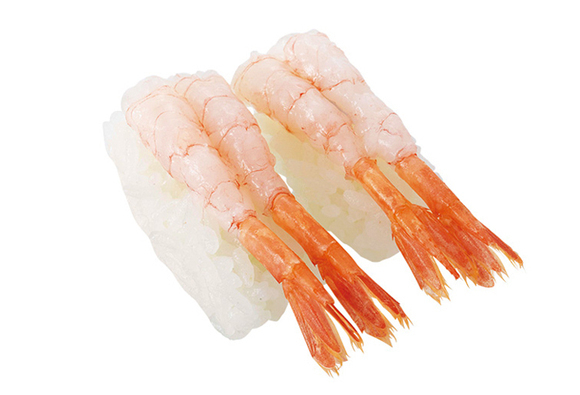
Amaebi
Price:★☆☆
In season: Nov. - Feb.
Amaebi (ah-mah-eh-bee) is sweet shrimp. It’s softer and more tender than regular shrimp. One piece of sushi usually comes with two shrimp on top. When you bite into it, remove the tail with your hand.

Madai
Editors' Overall Rating: ★★☆
Price:★☆☆
In season: Nov. - May
Madai (mah-die) or sea bream belongs to a group of fish called tai. In Japanese, the word medetai means good fortune, and the Japanese believe tai bring good luck. The meat of this “lucky” fish is soft, especially fatty in fall / winter, and has a subtle taste.

Otoro
Editors' Overall Rating: ★★★
Price:★★★
In season: Oct. - Feb.
Taken from the fatty stomach of the tuna, Otoro (ooh-toh-row) is called the king of sushi. It has more fat than red meat, giving it a whitish appearance. It melts in your mouth and is incredibly delicious.
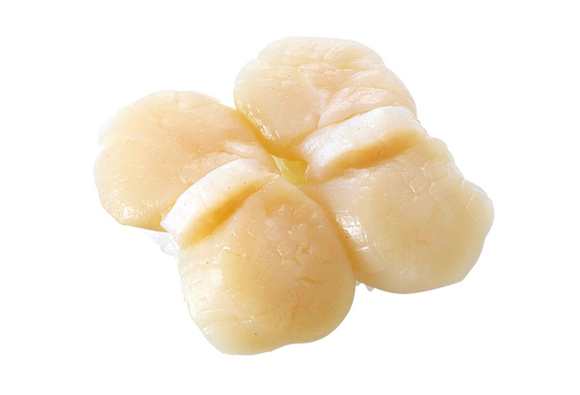
Hotate
Editors' Overall Rating: ★★☆
Price:★★☆
In season: June - Aug. & Nov. - Feb.
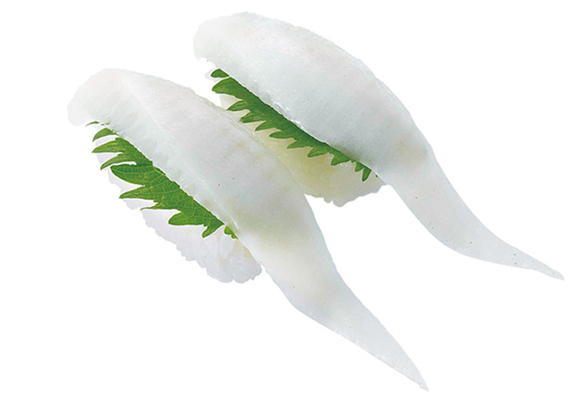
Engawa
Editors' Overall Rating: ★★☆
Price:★☆☆
In season: Sept. - Feb.
In Japanese, an engawa (en-gah-wah) is a wrap-around veranda on a Japanese-style house. It’s also appropriately the name of the sushi made from the fin of the flounder. Compared to other types of sushi, engawa doesn’t have a very strong, fishy taste. Instead, it has mild flavor and crisp texture.
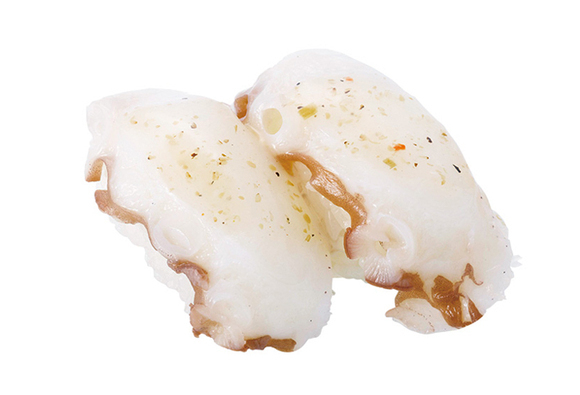
Tako
Editors' Overall Rating: ★★☆
Price:★☆☆
In season: June - Aug. & Dec. - Feb.
Tako (tah-koh) or octopus is very chewy, so those eating it for the first time may have a little trouble. Some restaurants add a salty sauce to bring
out the subtle flavor of the octopus.

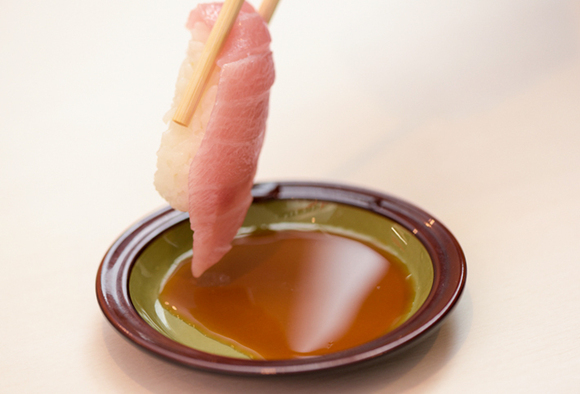
Very popular among Japanese! Give these a try, too!
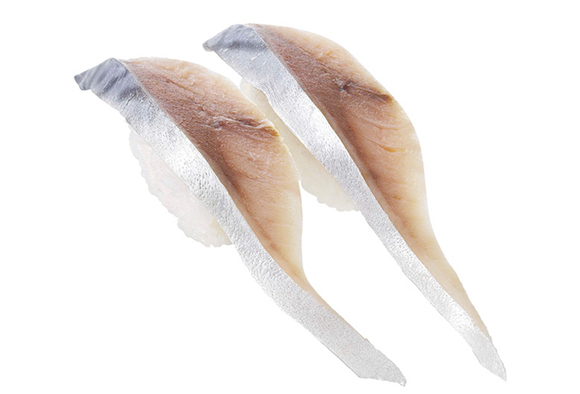
Shime-saba
Editors' Overall Rating: ★☆☆
Price:★☆☆
In season: Sept. - Jan.
Shime-saba (she-meh sah-bah) is mackerel that has been marinated in vinegar and salt. This removes its fishy smell and makes it easy to eat. It has a strong flavor and a meaty texture.
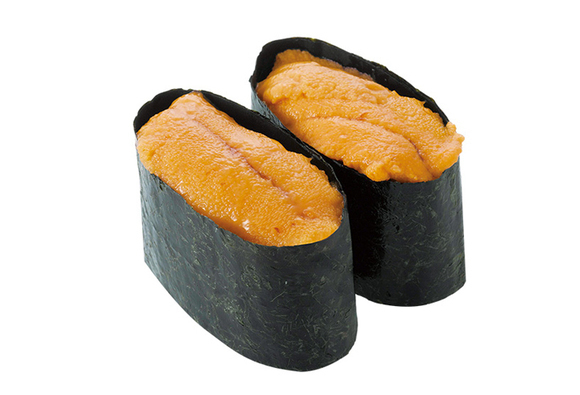
Uni
Editors' Overall Rating: ★★★
Price:★★★
In season: June - Aug.
Despite what you may think of its appearance, you should give uni (oo-nee) or sea urchin a try. Considered a delicacy in Japan, its taste is reminiscent of the ocean and has a rich, creamy texture.
How to eat a gunkan-maki
 While not entirely wrong, it’s not recommended to dip a gunkan-maki into soy sauce.
While not entirely wrong, it’s not recommended to dip a gunkan-maki into soy sauce.
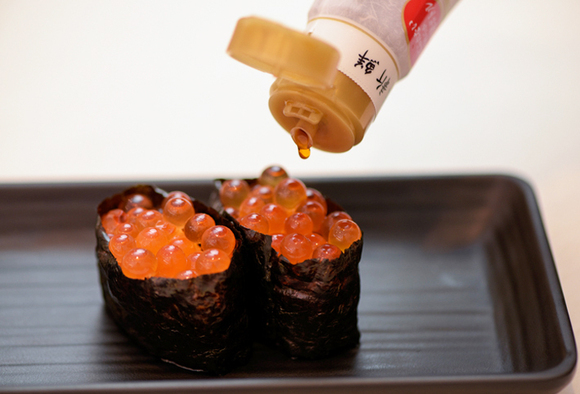 Instead, try dripping just a few drops of soy sauce on it from above.
Instead, try dripping just a few drops of soy sauce on it from above.
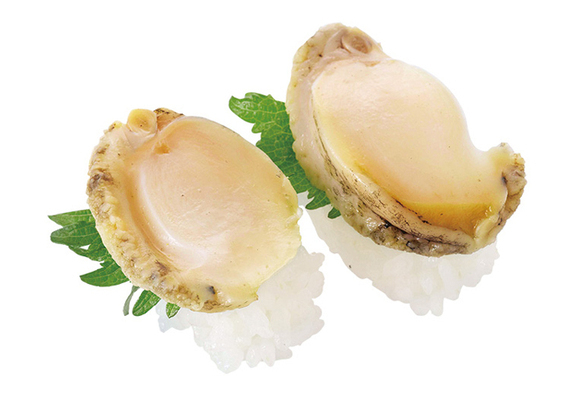
Awabi(ah-wah-bee): abalone
Editors' Overall Rating: ★★☆
Price:★★★
In season: June - Aug.
Called awabi (ah-wah-bee) in Japanese, raw abalone is very crunchy and has a sea-like aroma. Although a little on the pricy side, this is one Japanese delicacy you wont want to miss.
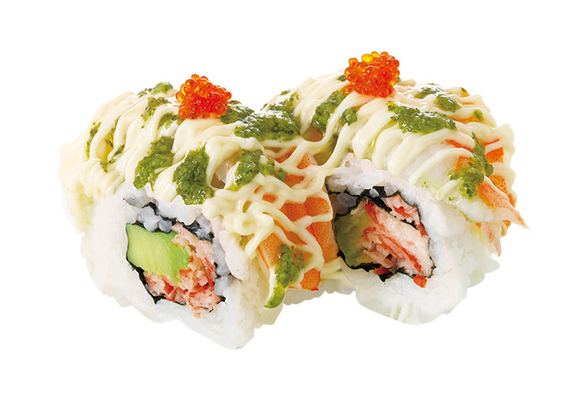
Ebi-maki
Editors' Overall Rating: ★★★
Price:★☆☆
In season: All year round
Rolled sushi is called maki zushi (mah-key zoo-she) . Here we have an ebi maki (eh-bee mah-key) with shrimp, avocado, and other fillings. It might fall apart if you try to eat it in two bites, so we recommend eating it in one big bite!
How to eat sushi
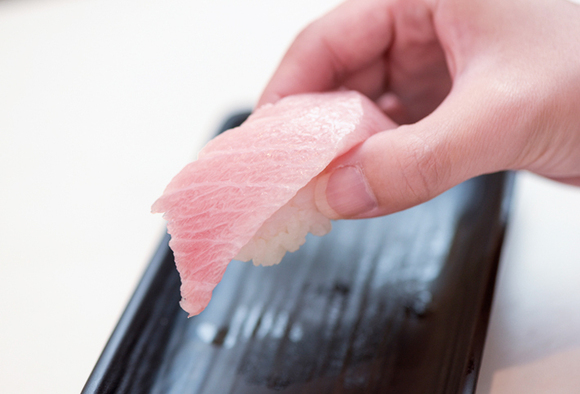
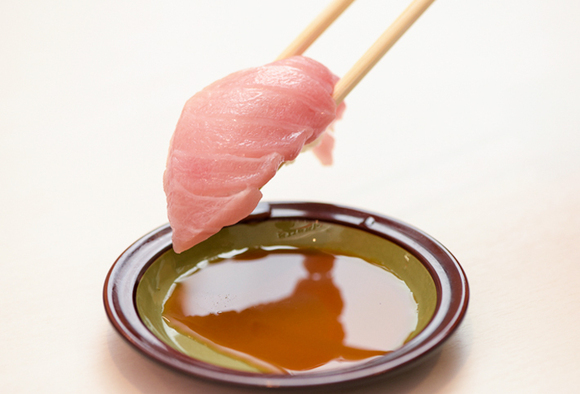

Liked this story? Like DiGJAPAN!
on Facebook for daily updates!
THIS ARTICLE IS BASED ON INFORMATION FROM 12 01,2015 Author:DiGJAPAN! Editorial Team
Recommended Articles

The Great Souvenir Survey in Akihabara: Manga, Models, and More!
What do people buy when th...
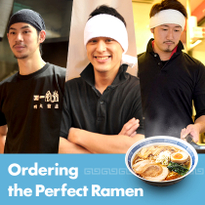
Ordering the Perfect Ramen: The Basics
A bowl of steaming hot ram...

Enjoy the Colors of Japan: Fall and Winter Edition
Japan is a country of vivi...

Learn How to See More for Less!: Tsukiji, Ginza, Asakusa Edition
We at DiGJAPAN! know how i...

The Visual Guide to Japanese Food: Unusual Sushi and Side Dishes
You’ve had a great day tra...

















NEW COMMENT0 COMMENTS
Open a DiGJAPAN!
account to comment.
Open a DiGJAPAN! Account